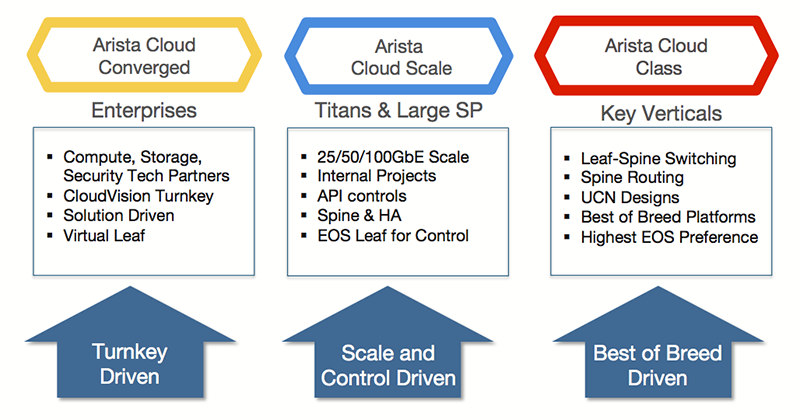Universal Cloud Storage: The Ultimate Service for Your Data Requirements
Universal Cloud Storage: The Ultimate Service for Your Data Requirements
Blog Article
Best Practices for Implementing Universal Cloud Storage Space Providers in a Remote Work Atmosphere
As organizations change to remote job designs, the implementation of cloud storage space solutions is critical in making certain ease of access, protection, and collaboration among spread groups. The successful implementation of these services calls for mindful factor to consider of different elements, consisting of information organization techniques, access control systems, back-up protocols, combination with collaboration devices, and durable safety and security steps.
Data Organization Approaches
One basic element of effective information monitoring in a remote workplace is the application of organized and user-friendly information company techniques. Appropriate data organization is crucial for making sure that information is easily accessible, searchable, and protect. In a remote work setup, where employees might not have immediate physical access to shared drives or filing cupboards, a well-thought-out data company system ends up being a lot more important.
Reliable information organization approaches often include categorizing info based on relevance, creating logical folder structures, and executing naming conventions that make it easy to identify and fetch documents. Making use of metadata tags can additionally boost the searchability of information, allowing users to quickly locate the info they require without wasting time checking out countless folders.

Accessibility Control and Permissions
In a remote workplace, carrying out durable access control and permission mechanisms is extremely important to protecting delicate data and ensuring governing conformity. Gain access to control involves specifying who can access details resources and what actions they can carry out, while authorizations dictate the level of access provided to people or teams within an organization. Utilizing role-based access control (RBAC) can improve access monitoring by assigning approvals based upon work functions or obligations. Implementing multi-factor authentication (MFA) includes an added layer of safety by needing users to provide numerous forms of verification before accessing data. Regularly upgrading and examining access approvals is necessary to maintain information safety and security and prevent unauthorized accessibility. Additionally, applying file encryption for information at remainder and in transit boosts data defense. By enforcing stringent access control actions and authorizations, organizations can mitigate safety threats and preserve data integrity in a remote job setting.
Back-up and Recuperation Procedures
Executing durable back-up and healing methods is crucial for making sure information strength and connection in a remote job environment. In a dispersed setting, where employees are functioning from numerous places, the threat of data loss due to human mistake, cyber threats, or technical failures is increased (Universal Cloud Storage Press Release).
In case of information loss or corruption, effective healing methods are vital to decrease downtime and preserve efficiency. Organizations must frequently evaluate their back-up systems to guarantee they can quickly recover data when required. Having a well-defined healing plan that details the actions to be taken in various situations and marking liable people for implementing the strategy can better boost information healing capacities. By focusing on back-up and recuperation procedures, organizations can secure their crucial information and guarantee seamless procedures in a remote workplace.
Partnership Tools Combination

Making use of cooperation tools that sync with cloud storage space solutions enhances process and enhances effectiveness. As an example, employee can all at once modify documents saved in the cloud, track modifications, and give feedback in real-time. This level of assimilation minimizes version control problems and advertises smooth collaboration.
Furthermore, incorporated cooperation devices frequently offer extra attributes like task job, due date tracking, and development monitoring, which are essential for remote team management. These tools not just facilitate interaction however likewise promote accountability and openness within the group, inevitably bring about enhanced productivity and task results in a remote job setup.
Safety Measures and Conformity
Offered the essential function that partnership tools play in improving remote group interactions, making sure durable safety and security steps and compliance methods is extremely important to safeguard delicate information and preserve regulatory standards. In a remote workplace where data is accessed and shared throughout various gadgets and locations, applying strong safety steps is important to prevent unauthorized gain access to, information violations, and compliance infractions.
To improve safety and security, companies must carry out encryption procedures, multi-factor authentication, and regular safety and security audits to identify and deal with susceptabilities. Additionally, developing clear policies regarding data gain access to, sharing consents, and tool administration can help mitigate risks connected with remote work methods.
Compliance with policies such as GDPR, HIPAA, or industry-specific requirements is critical to avoid legal ramifications and protect client trust. Organizations should remain educated concerning progressing compliance needs, train workers on data security ideal methods, and routinely upgrade safety and security procedures to straighten with changing policies.
Conclusion
To conclude, applying universal cloud storage space services in a remote work atmosphere needs mindful factor to consider of information organization methods, accessibility control and authorizations, backup and recovery protocols, collaboration devices assimilation, and safety and security steps and conformity. By complying a knockout post with best techniques in these areas, organizations can guarantee that their remote workplace is efficient, secure, and productive. Universal Cloud Storage. It is important to focus on these aspects to effectively apply cloud storage space page services in a remote work setup
One essential aspect of effective information monitoring in a remote work setting is the application of user-friendly and structured data organization methods. In a remote job setup, where workers might not have immediate physical accessibility to shared drives or filing cabinets, a well-balanced data company system becomes even much more vital.
Additionally, carrying out security for data at remainder and in transit improves information protection. Universal Cloud Storage Service. By imposing strict access control actions and consents, organizations can mitigate protection dangers and keep data honesty in a remote work setup
In conclusion, implementing global cloud storage services in navigate here a remote work atmosphere needs cautious factor to consider of data organization techniques, accessibility control and authorizations, backup and recuperation protocols, cooperation tools integration, and safety and security measures and compliance.
Report this page